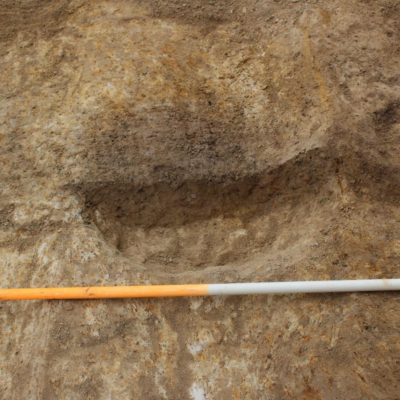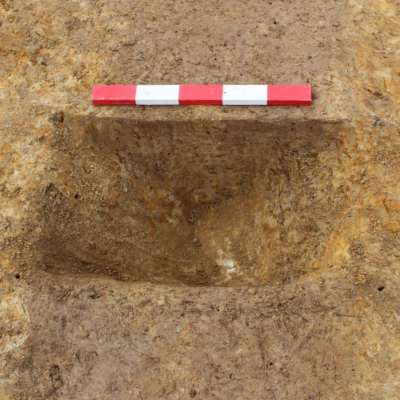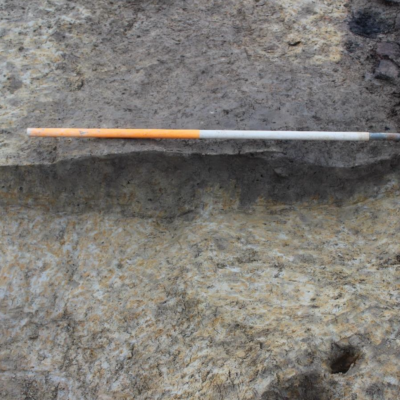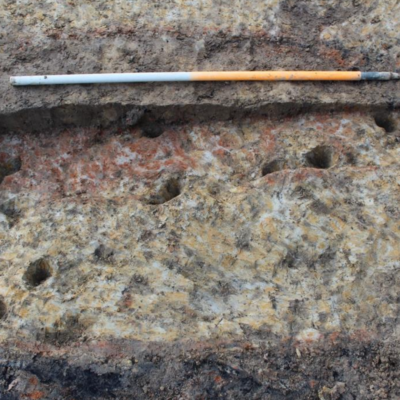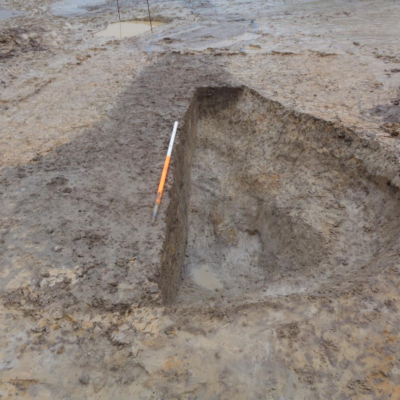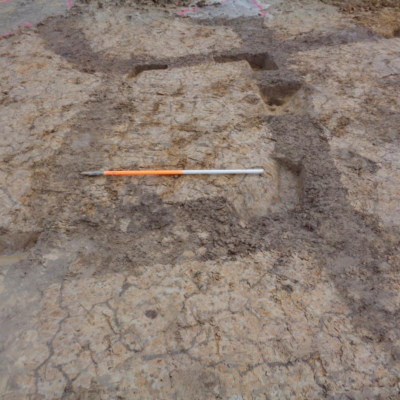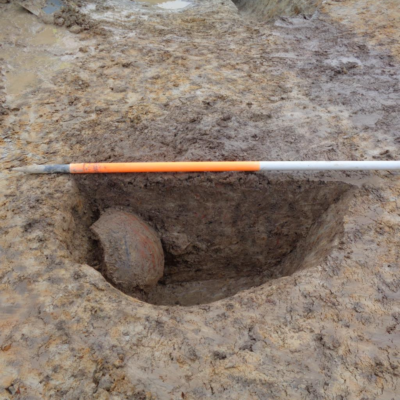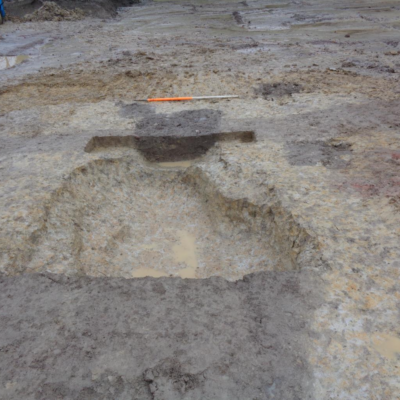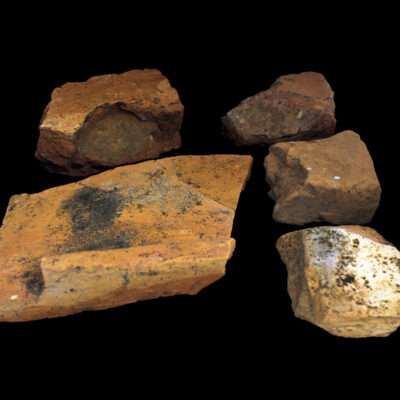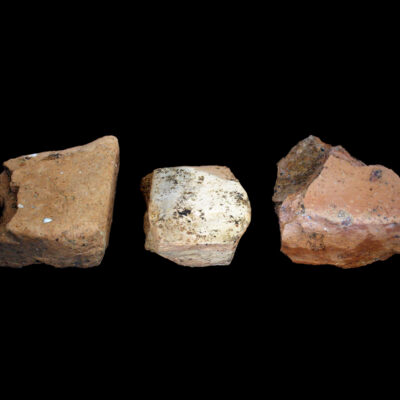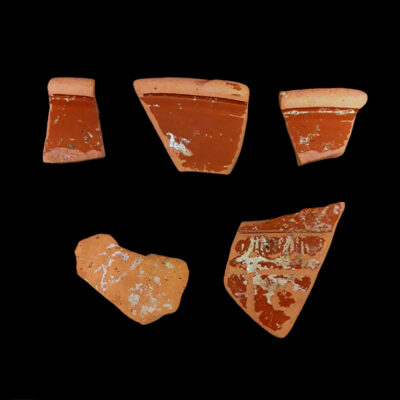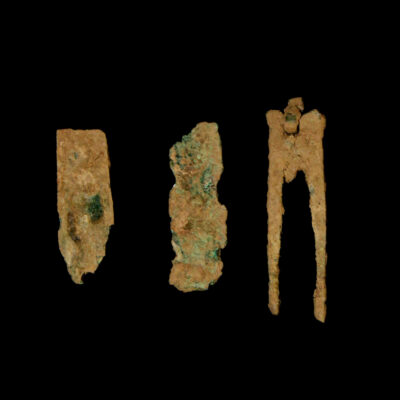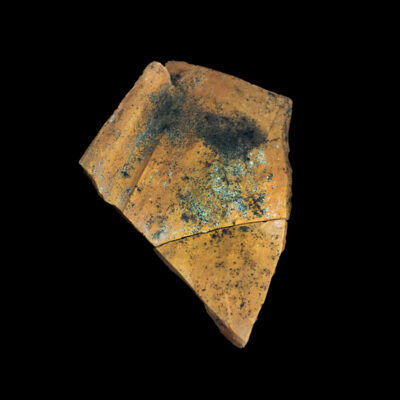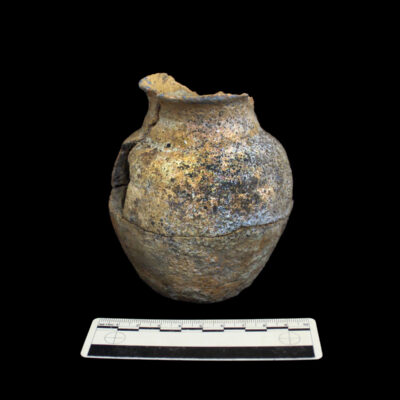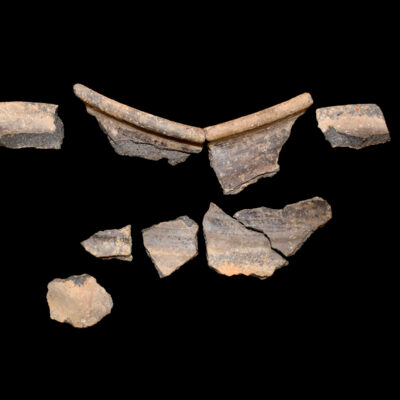Archaeological Evaluation & Mitigation, Kent
A multi-phase programme of archaeological works, most recently a Strip, Map & Excavation of the development area, which revealed numerous periods of activity.
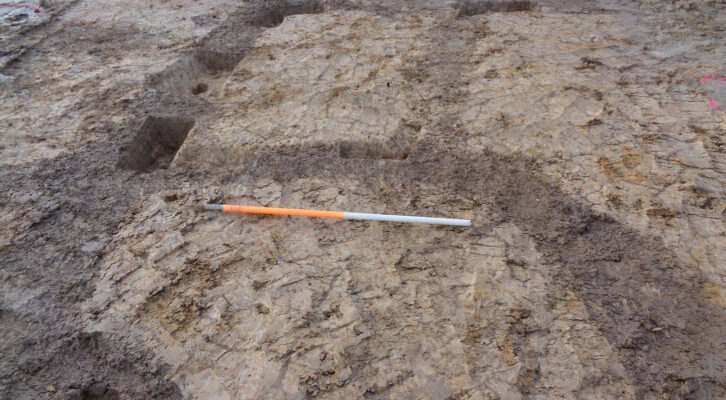
In Brief
Key Points
- Evidence of multi-period activity
- Longevity of site occupation during the Romano-British era is of particular note
- Some archaeometallurgical debris was present in the earliest features
- Notable absence of features of an Anglo-Saxon date
Summary
The archaeological programme of work revealed evidence of multi-period activity, with the initial occupation of the Site occurring during the Late Bronze Age/Early to Mid-Iron Age; this was represented by a series of ditches and pits that formed what appears to be an L-shaped segmented boundary at the summit of the hill.
The second phase of occupation occurred during the Iron Age/Romano-British period and was represented by further boundary ditch features. The longevity of site occupation during the Romano-British era is exemplified by the four distinguishable phases of activity, so what may appear to be an intensely occupied area was likely to only have contained sparse peripheral features at any one point in time.
During the Medieval/Post-medieval period the land seems to have been used for industrial purposes, represented by a series of charcoal production pits and related features. At some point between the early 12th and late 14th Centuries the Site was once again occupied, with a series of charcoal production pits constructed, presumably to supply fuel for nearby ironworking; this activity seems to have continued into the later Medieval and Medieval/Post-medieval periods
The Site has no evidence for domestic occupation and it is plausible it was entirely focused on industry and/or trade.
The recovery of iron ore from a number of features on Site is of particular interest, with both bog ore and rock ore identified. Although Romney Marsh is not known to produce bog ore, any waterlogged conditions can do so and it has only been drained in the relatively recent past. It is probable the rock ore derived from the Weald, utilising river transport and the ability to gather both raw materials (ore and fuelwood) in one place.
Results
The archaeological mitigation revealed evidence of multi-period activity, with the initial occupation of the Site occurring during the Late Bronze Age/Early to Mid-Iron Age. The second phase of occupation occurred during the Iron Age/Romano-British period and during the Medieval/Post-medieval period, the land seems to have been used for industrial purposes.

